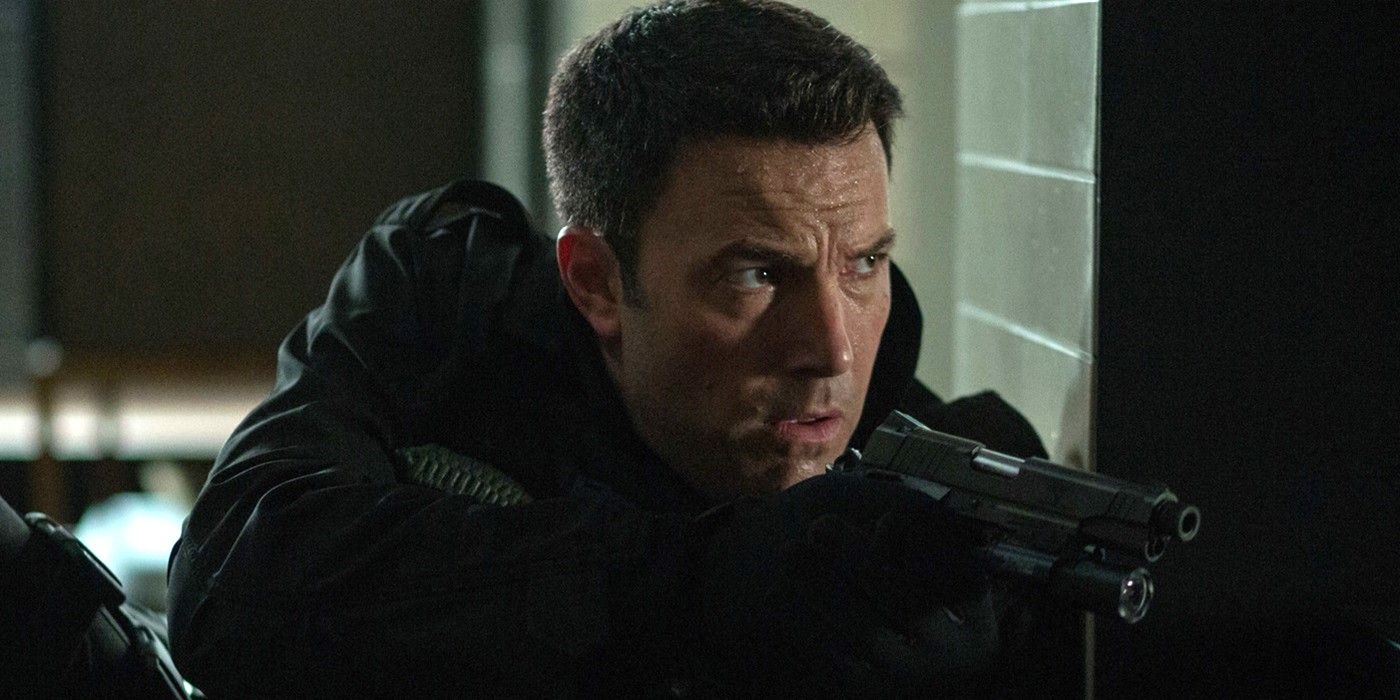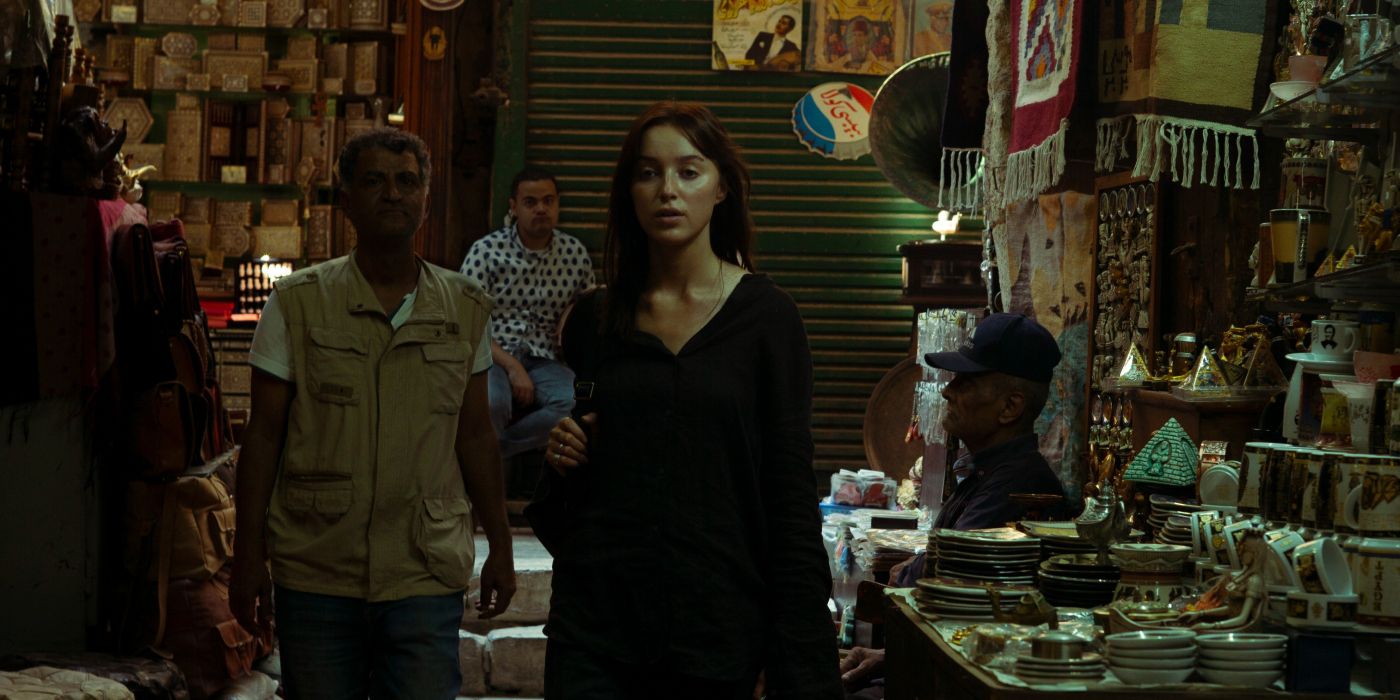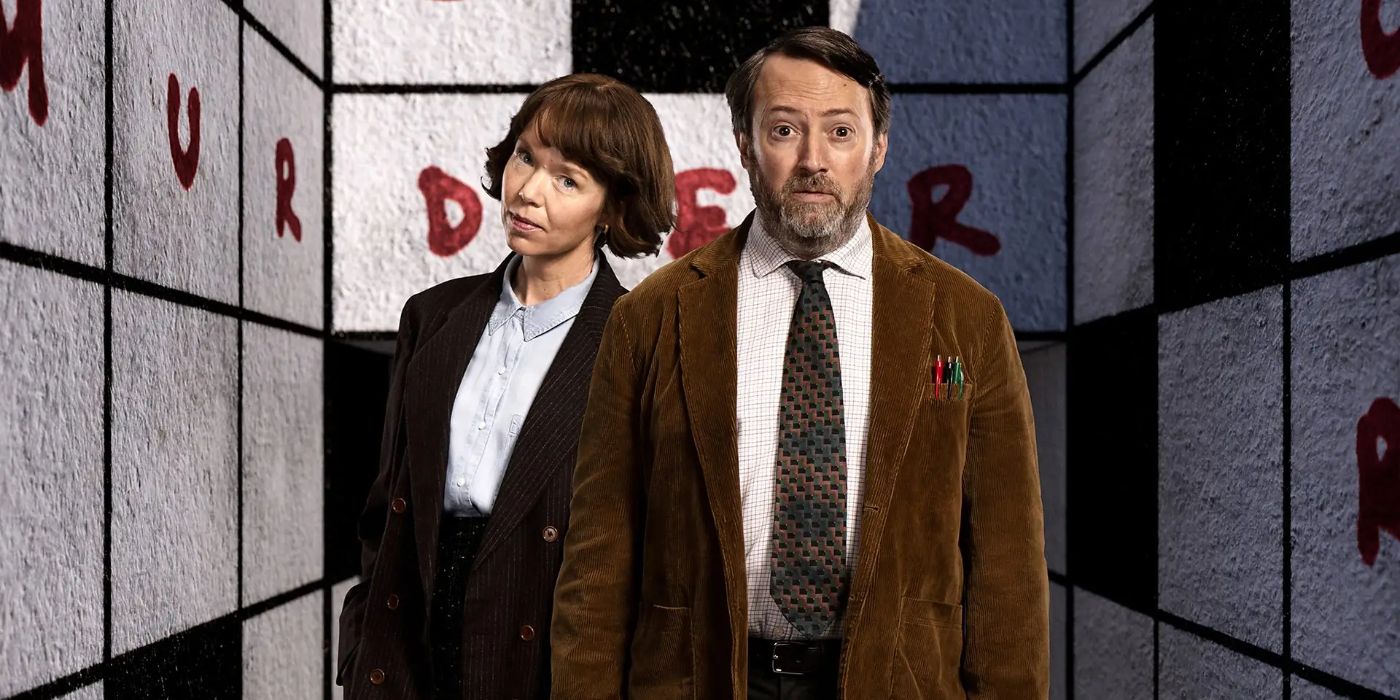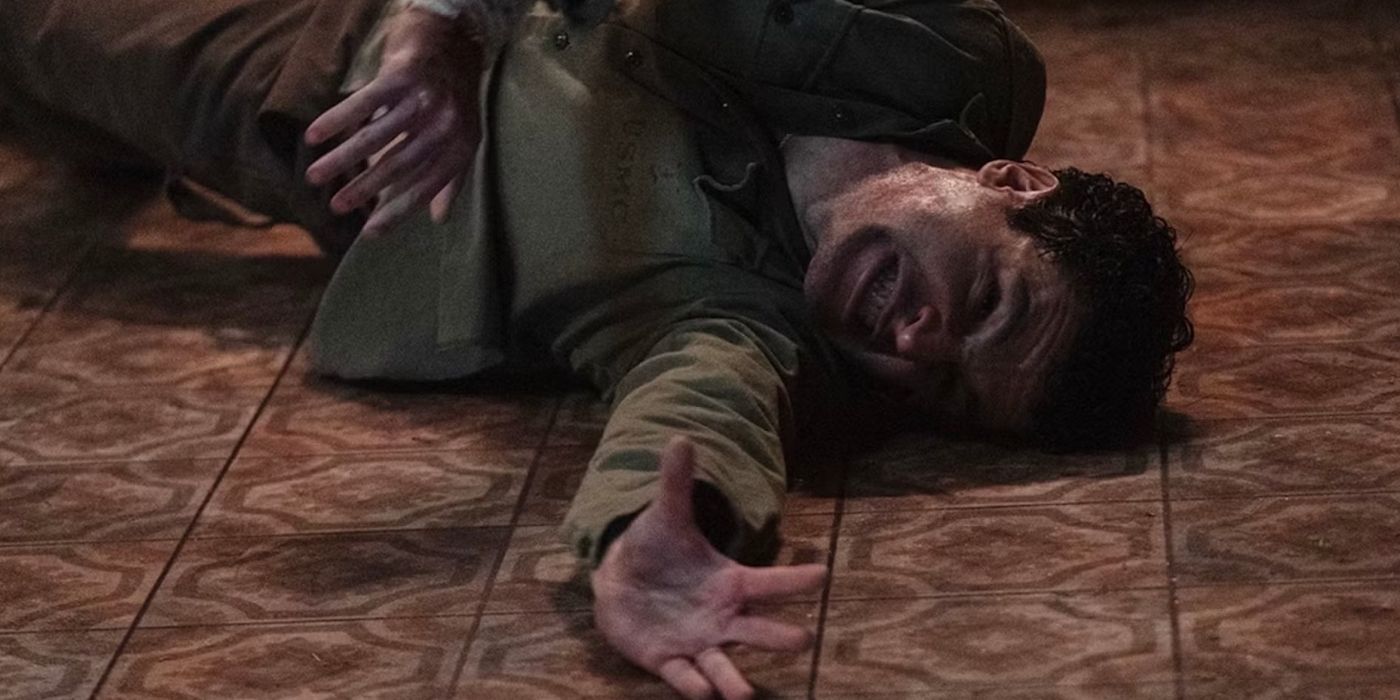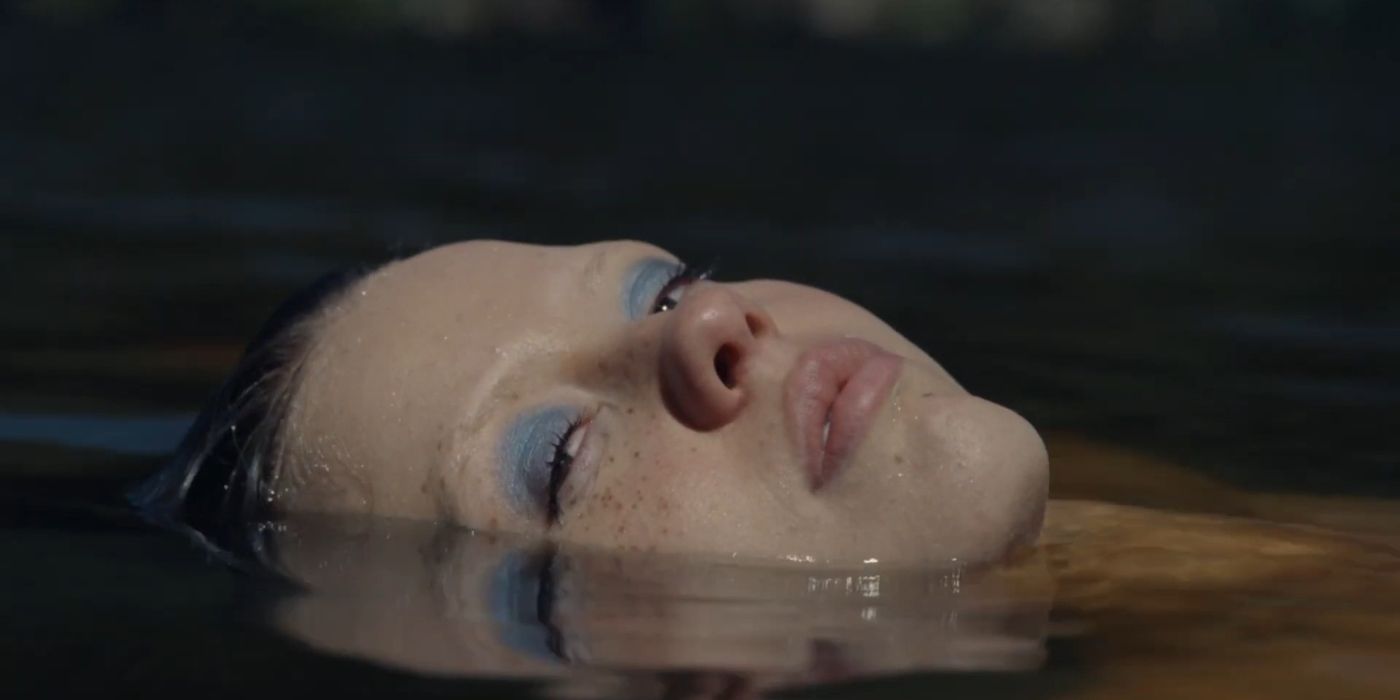The first half to “Triangle of Sadness” is a fast-paced, incisive statement against the wealthy that hilariously lampoons the callous capriciousness of the rich. It’s familiar territory for the director that never holds the blunt-force impact of his previous “The Square,” but is effective nonetheless (even if the major gag is a dinner scene, which stretches on for far too long, that devolves into vomiting and diarrhea).
There’s no doubt about Östlund’s visual acumen—the camera movement and cinematography cover you in laughing gas—and yet, you’re never quite sure what more Östlund wants to say other than the rich are bad. Even in the third chapter, when some of them are stranded on a deserted island, he still casts his eye on Carl and Yaya even though they’re not interesting people. Maybe that’s the joke, but it doesn’t come with much of a punchline. The film’s most powerful character is Abigail (Dolly de Leon), a Filipina toilet manager who quickly harnesses power as the only competent survivalist among the group. The final shot in “Triangle of Sadness,” in fact, features Abigail holding a rock high above her head as she chooses between keeping this new society or returning back to servitude. It’s a powerful image delivered by a tremendous performance of de Leon in an all-too dim film.
Oftentimes your most anticipated film, in this case, “Triangle of Sadness,” can turn into your most disappointing. But a movie you don’t expect can knock you to your knees. The latter happened with Japanese director Sho Miyake’s ruminative and aching boxing film “Small, Slow But Steady.”
Miyake uses the pandemic to his narrative advantage to break every rule in the sports movie genre for a true story about a deaf woman boxer, Keiko Ogasawara (Yukino Kishii), who has lost her will to fight. Keiko spends her days in the ratty local gym owned by a veteran trainer, Mr. Sasaki (Tomokazu Miura), whose eyesight and health are failing him. The gym is also facing closure due to the financial pressures of the pandemic. No one, not Keiko’s committed brother Seiji (Himi Sato) or her worried mom (Hiroko Nakajima) can bring back her desire to compete. Instead, it requires a personal search by the intensely quiet Keiko, helped by the silent bond shared between herself and Mr. Sasaki, to pull her forward. Miura and Kishii are wonderful together. Their father-daughter dynamic adds an external heartwarming mood in a movie where the greatest drama often occurs internally.
As unhurried as any film (the title aptly describes its tone), this sports movie doesn’t feature any raucous crowds at ringside cheering on Keiko. There are no big speeches or major wins or a championship at the end. Keiko fights a relatively insignificant match at the end, in fact. But that’s a draw not a deterrent with this transfixing and profound narrative. “Small, Slow, But Steady” is a movie about life, and how sports can teach us how to persevere. The biggest win in the elegantly crafted film—best exemplified in a stirring final shot that’ll make you believe in the promise of the next day—is simply taking the next step toward the next fight, toward the next hill to climb, toward the next trouble that comes your way.
You can view the original article HERE.

